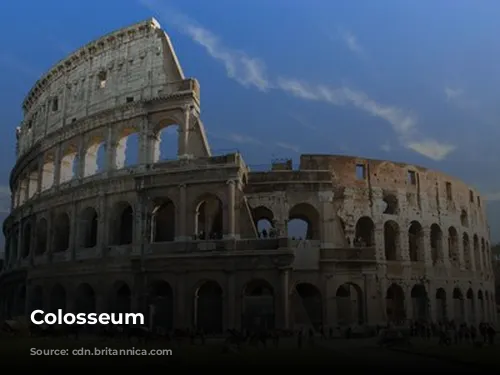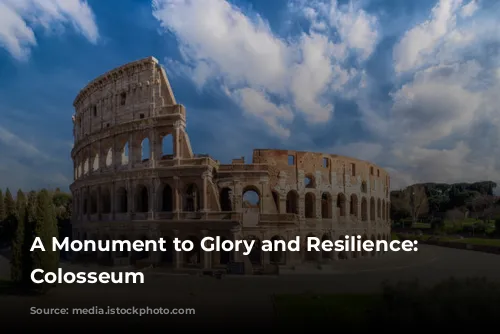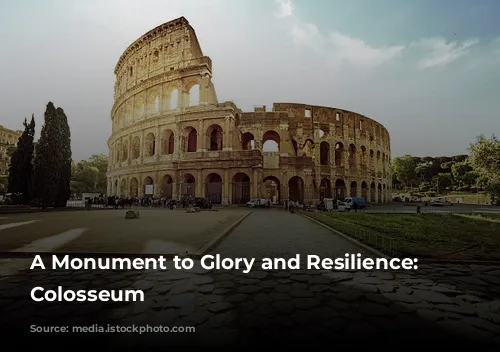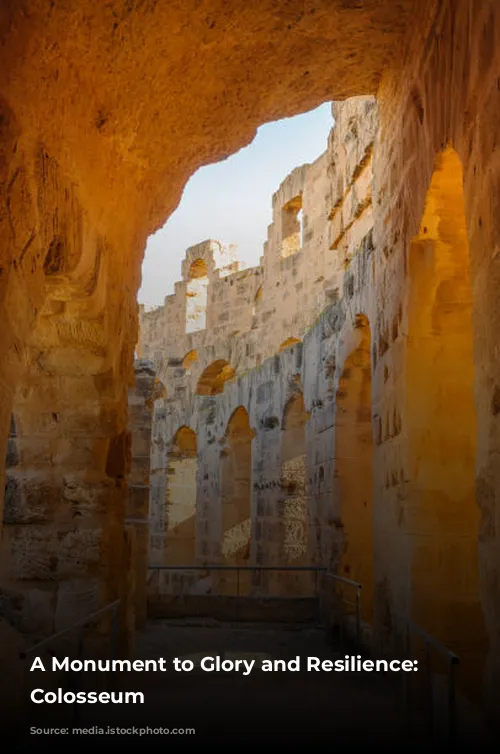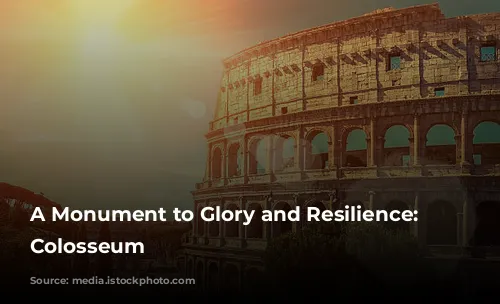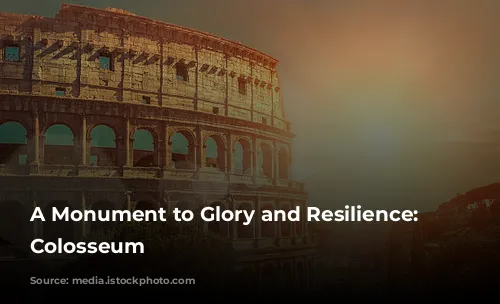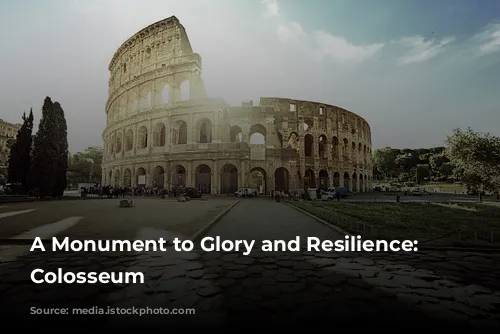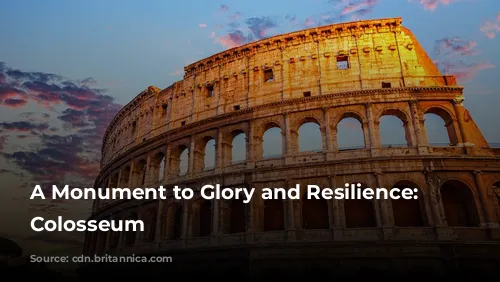Standing tall amidst the modern city, the Colosseum is a captivating testament to the might of ancient Rome. This iconic structure, one of the few mostly intact remnants of the Roman Empire, captivates the imagination with its sheer scale and architectural grandeur. Beyond its historical significance, the Colosseum is a vital contributor to Italy’s economy, drawing millions of tourists and generating substantial revenue.
In 2018, the Colosseum, Roman Forum, and Palatine Hill combined to earn over $63.3 million (€53.8 million), making it the most profitable tourist attraction in Italy. These ancient ruins, silent witnesses to a bygone era, continue to enchant visitors from around the world.
A Journey Through Time: The Colosseum’s History
The Colosseum’s history is a fascinating tale of grandeur, decay, and revival. Following the fall of the Western Roman Empire, this once-glorious amphitheater fell into a state of disrepair. Its vast arena, once the stage for thrilling gladiatorial combats, became a forgotten relic of the past.
During the 12th century, the Frangipane and Annibaldi families, powerful Roman families, turned the Colosseum into a fortress, utilizing its massive walls for protection. In the late 15th century, Pope Alexander VI granted permission to use the Colosseum as a quarry, further stripping it of its precious marble and decorative elements.
After centuries of neglect, the Colosseum finally received much-needed attention in the 1990s when state-funded restoration efforts commenced. This marked a turning point in the monument’s fate, leading to its preservation and ongoing restoration.
From Emperors to Entertainment: The Colosseum’s Purpose
The Colosseum was conceived as a grand project, a testament to the Roman Empire’s power and ambition. It was built under the reign of Emperor Vespasian, following the turbulent “Year of the Four Emperors” in 69 CE.
Just like other amphitheaters of its time, the Colosseum was designed to be a spectacle, a venue for public entertainment. It was intended to showcase the might of Rome, delighting its citizens with gladiatorial battles, animal hunts, and even mock naval battles.
Construction and Design: A Masterpiece of Engineering
The construction of the Colosseum, initiated by Emperor Vespasian between 70 and 72 CE, was a monumental undertaking. The arena was dedicated in 80 CE by Emperor Titus, Vespasian’s son and successor, with a grand 100-day celebration. The fourth story was added by Emperor Domitian in 82 CE.
The Colosseum’s design is a remarkable feat of Roman engineering. Built with a combination of stone, concrete, and tuff, it stands four stories tall and boasts a colossal size, measuring 620 by 513 feet (189 by 156 meters). The arena’s capacity was estimated to be around 50,000 spectators.
The Colosseum’s construction was a testament to the Roman Empire’s technological prowess. It involved intricate techniques like the use of barrel vaults and groin vaults, creating a remarkable freestanding structure. The arena’s exterior was adorned with engaged columns in the Doric, Ionic, and Corinthian orders, showcasing Roman architectural finesse.
A Spectacle for the Masses: The Colosseum’s Use
The Colosseum’s primary purpose was to host spectacular events for the Roman populace. Its massive arena was the stage for gladiatorial combats, where skilled fighters engaged in mortal combat to entertain the crowds.
Animal hunts were another popular feature of the Colosseum’s spectacles. Exotic animals, captured from distant lands, were pitted against gladiators and hunters, showcasing Roman power and dominance over the natural world.
The Colosseum’s grandeur extended to hosting mock naval battles, creating realistic sea battles within the arena. The arena’s floor could be flooded with water, enabling staged naval battles, a breathtaking spectacle for the spectators.

A Symbol of Resilience: The Colosseum Today
Despite its turbulent history, the Colosseum stands as a symbol of Rome’s enduring spirit. It has weathered the ravages of time, experiencing periods of neglect and destruction, but has ultimately been preserved and restored.
Today, the Colosseum is a living testament to Roman history and a powerful reminder of its enduring legacy. It remains one of the most visited tourist attractions in the world, drawing millions of visitors each year. The Colosseum continues to captivate the imagination, a beacon of the past, reminding us of the incredible achievements of ancient Rome.

